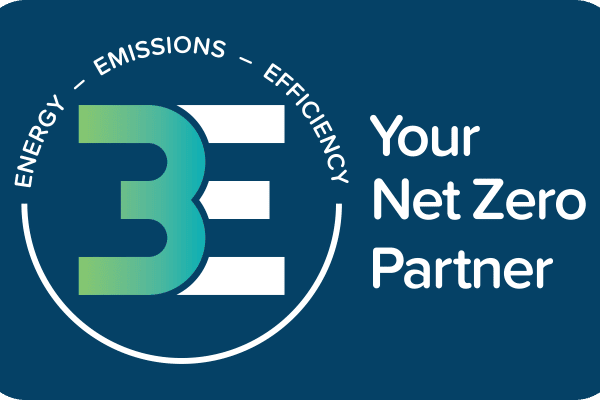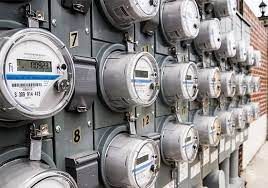Regular Maintenance and Servicing of central plant and equipment is paramount to maintaining a functional and healthy building that is safe and comfortable for its occupants to use. In this article, we take a look at the importance of maintenance and compare the three most common maintenance strategies including Reactive Maintenance, Preventative Maintenance and Predictive Maintenance or Data-Driven Maintenance (DDM).
Maintenance is defined as a process of preserving something, in this case, equipment. From a technical perspective, the process involves servicing equipment, performing functional checks, replacing, or repairing defective parts. It ensures that all the equipment is in its best condition and no energy goes to waste.
-
Importance of building services maintenance
-
Reactive Maintenance & its benefits
-
Preventive Maintenance & its benefits
-
Predictive Maintenance or Data-Driven Maintenance (DDM) & its benefits
-
What is the best building services maintenance strategy?
Importance of building services maintenance
Equipment upkeep, such as predictive maintenance, should not be overlooked as it helps keep industries running while effectively reducing energy wastage. Keeping essential equipment at their peak performance is cost-effective compared to replacing them. In addition, hardware failure leads to a work stoppage, ceasing of business operations, and loss of revenue.
Building services maintenance is important as it helps reduce overhead costs due to equipment downtime. It is like having your automobile serviced – to keep it road-worthy and safe for you to drive.
There are three types of building services maintenance:
- Reactive Maintenance
- Preventative Maintenance
- Predictive Maintenance
Benefits of These 3 Maintenance Types
1. Reactive Maintenance
Also known as a Run-To-Failure (RTF) maintenance strategy, this type of maintenance is performed after the machine of the system has failed. It is normally done for non-essential or disposable equipment. At times, the assigned repair team can revive this equipment to their close-to-normal operating status. Some facility managers consider reactive maintenance as a low-cost alternative. They believe that it is easier to repair or replace broken equipment compared to routine maintenance.
What are the benefits of reactive maintenance?
One of the main benefits of reactive maintenance is cost – at least in the short term when equipment is new. The initial costs are lower as they can save you money on upfront costs. No need to include certain machines for routine maintenance as these can be repaired upon failure. This maintenance strategy requires a small team that can be easily outsourced to save on costs.
However, you shouldn’t rely solely on reactive maintenance because as equipment near its end of life, the costs of reactive maintenance will become steeper as breakdowns, faults and repairs become increasingly more frequent. Also, waiting until there’s an equipment fault or breakdown can be a major risk to the health, safety and wellbeing of building occupants.
Reactive maintenance is similar to only taking your car to the mechanic when the engine light appears on the dashboard
2. Preventive Maintenance
The second type of maintenance is ‘Preventative Maintenance’. This is a maintenance strategy where a particular type of asset or equipment is scheduled for regular inspection and maintenance by a team of specialists. Their goal is to ensure that crucial machinery or systems will not suffer from unforeseen breakdowns. Service schedules and routine inspections are also recorded for future reference. Proper planning and scheduling are critical to avoid running into unexpected problems.
A Preventative Maintenance schedule is mostly based around assumptions on operating hours and conditions and recommended maintenance schedules by OEM equipment manufacturers. Think of it like car maintenance, where the car manufacturer recommends major and minor service intervals based on wear and tear on different components based on assumptions about sensible driving in typical driving conditions.
What are the benefits of preventive maintenance?
Preventative maintenance by its very nature is more proactive compared to reactive maintenance. An important benefit of preventive maintenance is prolonged asset life. If you adopt a preventative maintenance strategy, expect your equipment to run at peak efficiency and experience less downtime during critical operation. Reduced downtime means more savings from work or production interruptions. Another benefit is the increase in workplace safety which ensures proper compliance with OHSA guidelines.
3. Predictive Maintenance or Data-Driven Maintenance (DDM)
Predictive maintenance is considered the most intensive and advanced form of maintenance. Predictive Maintenance is often referred to as Data Drive Maintenance or DDM. It is condition-based maintenance that utilises sensors and devices to monitor systems or equipment. Real-time data is gathered and fed into a database. Data is interpreted and incorporated in a simulation that predicts when the equipment would require maintenance based on actual operating conditions. If equipment anomalies are detected, the system will alert the engineering and maintenance team. Equipment failure is averted, and operations return to normal.
The key difference between preventative maintenance and predictive maintenance is that preventative maintenance assumes equipment usage and operating conditions, whereas predictive maintenance – or Data-drive maintenance (DDM) – takes into account the actual operating hours and conditions using near real-time data from sensors and data loggers.
It’s like having an onboard computer in your car taking data from critical components measuring driving usage and patterns, time since the last service, driving conditions and other key metrics and dynamically calculating when to replace a certain part based on those inputs and conditions. A very basic example is an on-board trip computer that calculates the rate of fuel consumption and when to refuel based on engine speed and sensors in the fuel tank.
What are the benefits of predictive maintenance?
The benefits tied to predictive maintenance include reduced downtime for equipment repairs and possible mechanical failure. Due to regular monitoring and system analysis, the required time to recondition equipment will be reduced. Pre-determining what parts will wear out faster will lower the need to stockpile parts. Prevention is always better as the Mean-Time-Between-Failure (MTBF) is reduced and the service life of machine parts are maximised.
Predictive maintenance or DDM can also detect minor anomalies, faults or issues that may go undetected before or even during a general inspection. Addressing anomalies and faults as they are detected may help prevent much larger maintenance issues and costly repairs in the future. In this way, predictive maintenance uses data to implement smarter and more flexible preventative maintenance – where maintenance efforts are targeted on potential problem areas as identified by system alerts.
What is the best building services maintenance strategy?
It depends. It depends on your budget and the type and complexity of the central plant and equipment in your building. Typically, however, the best maintenance strategy for commercial buildings is to establish a data-driven maintenance approach. Data-driven maintenance – or predictive maintenance – encourages a flexible and more dynamic way to maintain central plant and equipment. DDM is the most proactive out of the three maintenance strategies outlined above and it can even help to prolong the useable life of your assets.
Ecosave Watch Data-Driven Maintenance
Based on Ecosave Watch’s analytics engine: Data-Driven Maintenance (DDM) uses complex algorithms to spot possible “events” or system anomalies. Large quantities of data can pinpoint these anomalies and categorise them.
Our distinctive approach to DDM allows us to deliver the best maintenance outcomes to our clients. In addition, the significant savings they gain is a definite plus.
Equipment downtime can affect your business’ operations and profitability. Maintenance is key to ensuring that this scenario will never happen. Save your company money with a predictive and preventive approach to maintenance.
Looking for a holistic and end-to-end maintenance and service solution? Call the experts at Ecosave 1300 55 77 64 today!





